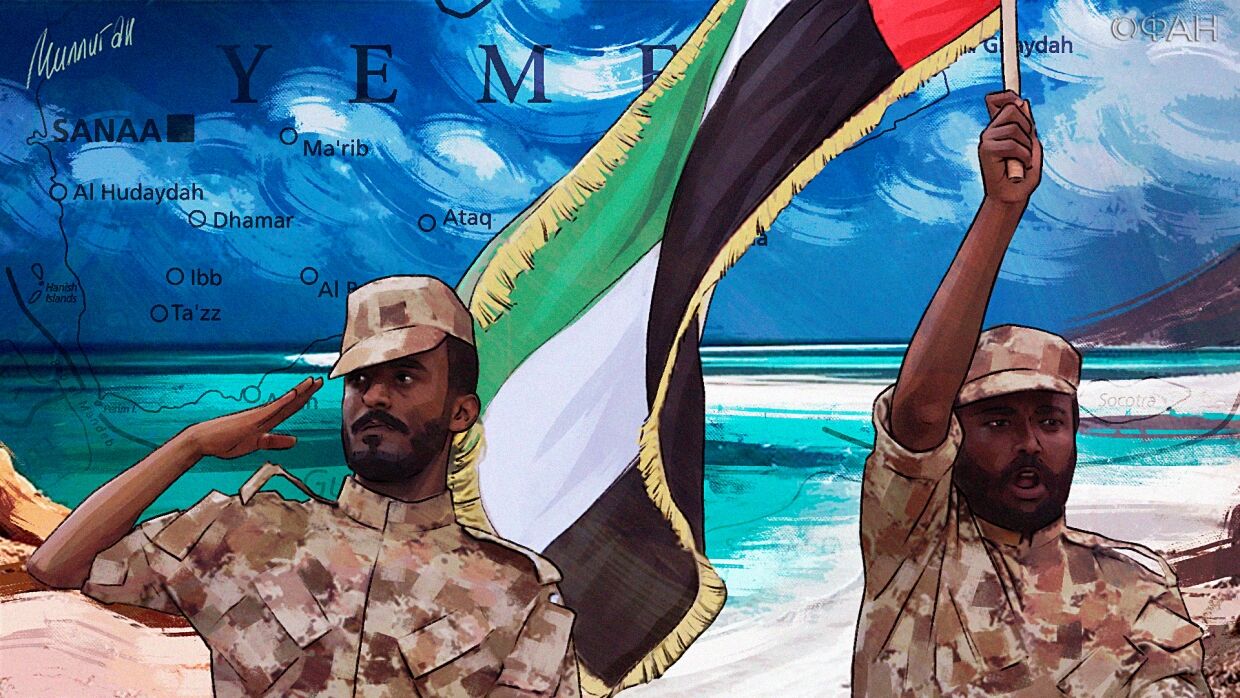
Intensified fighting west of Aden between forces Mansura Hadi and the troops of the "Southern Council", as well as the recent mutiny of the 1st Marine Brigade of the Hadists on the island of Socotra returned to the media space the theme of the split of Yemen into the northern and southern parts, as well as the potential annexation of Socotra Island by the United Arab Emirates.
Long road to failure
Saudi coalition intervention in Yemen, which began in 2015 year, initially set as its goal the return to power of the overthrown and fled president Mansura Hadi (who came to power during the "Arab spring" and the overthrow of the former president Ali Abdulli Saleha).
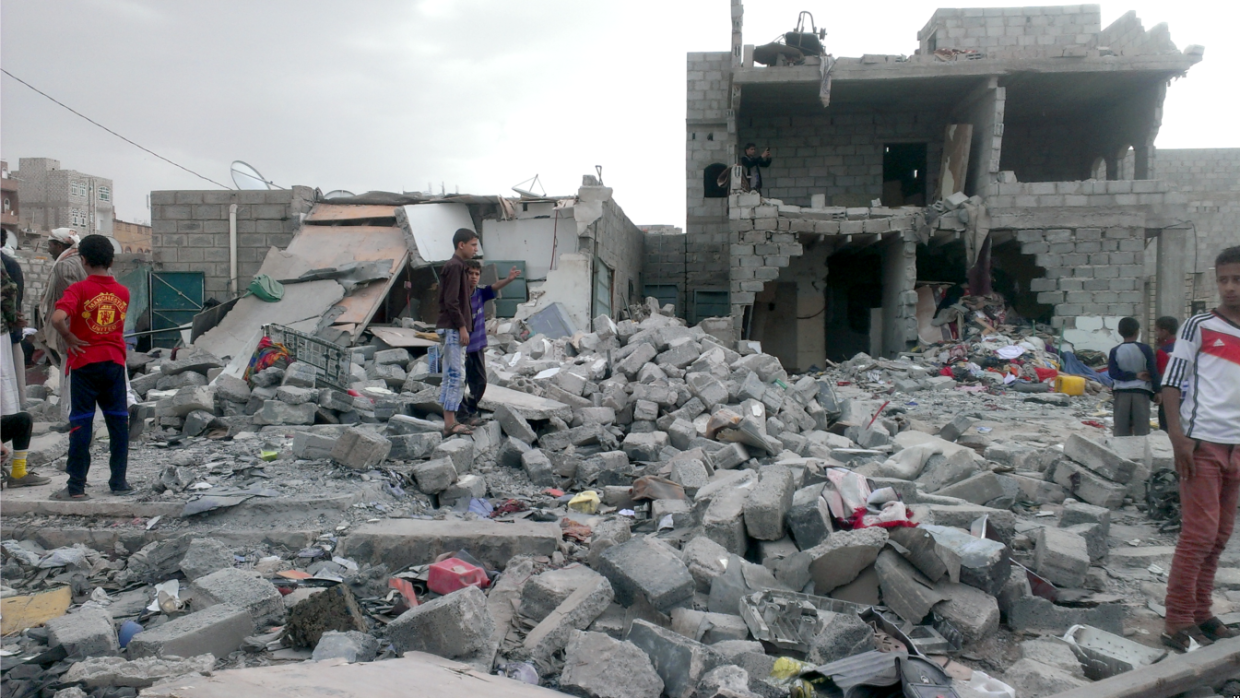
of course, members of the Saudi coalition did not count, that the fighting will drag on for more than five years. anticipated, that under the slogans of the return to Yemen of the "legitimate government" a quick and decisive victory will be won over the Houthi rebels, supported by Iran - Hadi's power will be restored, and participants in a victorious campaign will be able to reap political and economic dividends from their participation. But these calculations did not materialize..
As the war in Yemen dragged on, The strength of the Saudi coalition was in question. The main problem became more and more obvious - many members of this coalition were by no means ready for a long and exhausting war of attrition.. And the further the successes of the campaign went into the past 2015 of the year, thus clearly loomed the problem of maintaining unity. To 2018 years, Saudi Arabia managed to keep the situation under relative control and the assault on Hodeidah, which was presented as a decisive operation, which will bring victory over the Houthis, coordinated by the military of Saudi Arabia and the UAE.
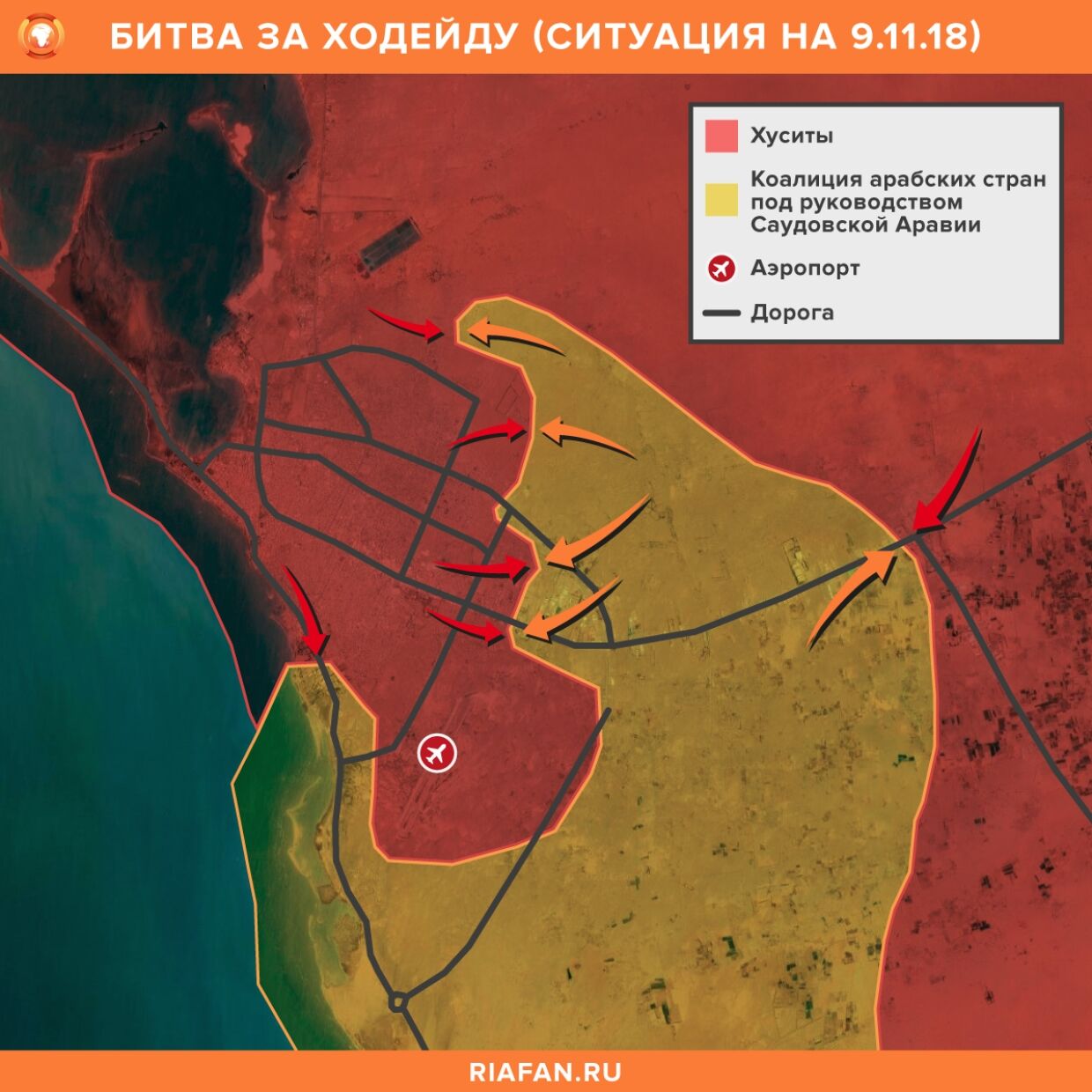
However, Operation Golden Victory, suggesting, that summer 2018 Hodeidah will be taken in a week, led to many months of fighting, during which the Saudi coalition suffered very heavy losses in people and equipment and was never able to take a key city, through which the Houthis received weapons from Iran. The Saudis did not reach five kilometers from the port facilities.
Of 2020 years obviously, that the assault on Hodeidah was the supreme effort of Saudi Arabia, while she was still trying to achieve victory in Yemen by purely forceful methods.
sworn allies
The failure of these efforts led to long-term consequences. The United States left the coalition after a while, who provided various technical, logistics and intelligence support. Withdrew from the war Sudan, which provided a significant contingent of light infantry, Detachments of Colombian and Moroccan mercenaries went home.
In the end, the Emirates also announced a partial withdrawal of troops.. However, while other members of the coalition, leaving the war, just keep costs down, UAE since 2017 year began to revise the goals of the war. Emirates sought to capitalize on Saudi failure, which, meanwhile, was languishing more and more under the blows of ballistic missiles and kamikaze drones, - the most expensive army of the Persian Gulf was not ready for such resistance from the Hussites and Iran.
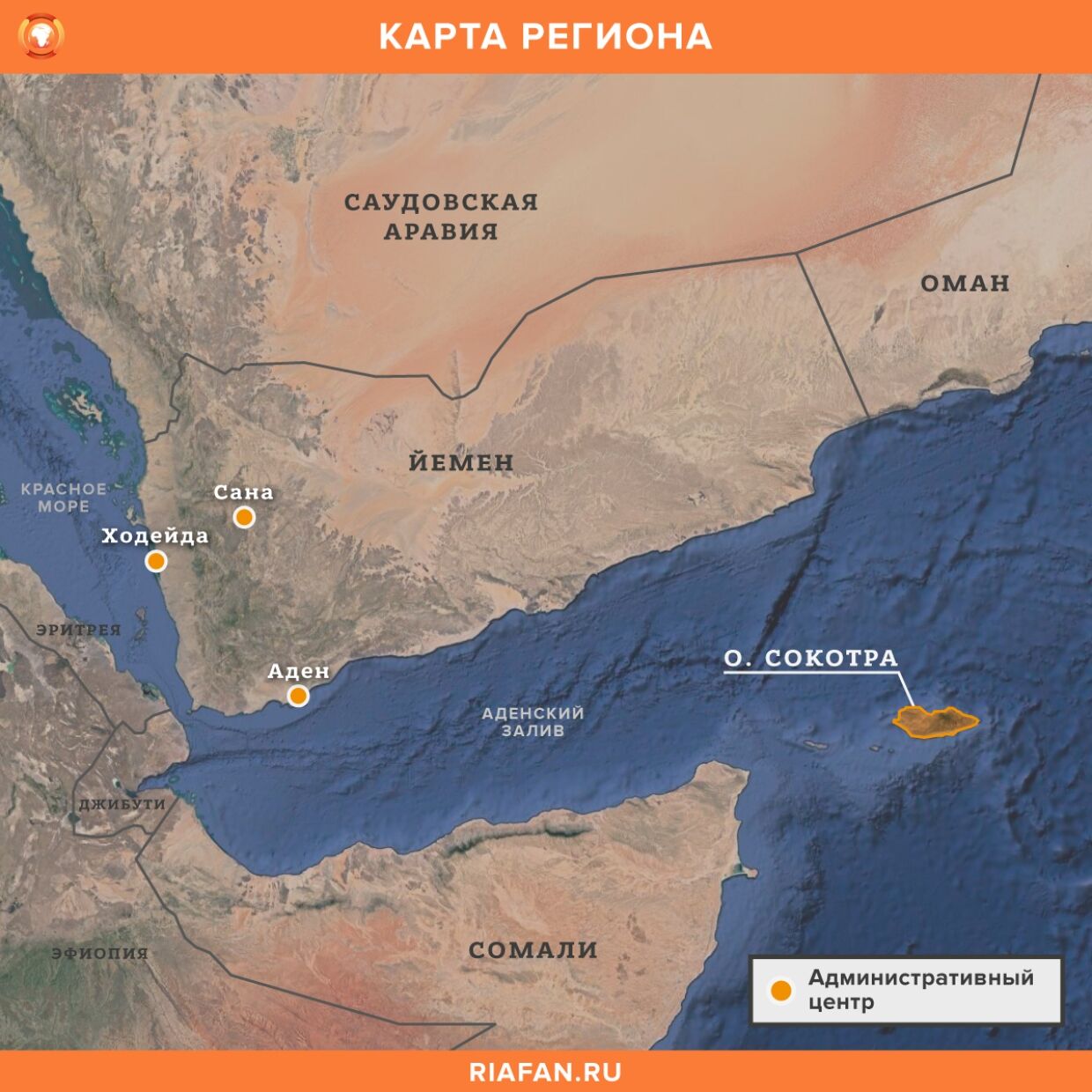
The UAE is interested in the strategically important island of Socotra, which allows you to control the Gulf of Aden and shipping in the Horn of Africa. The Houthis were not able to defend this island and soon after the start of the intervention, it was occupied by a mechanized battalion of Emirati troops without major clashes..
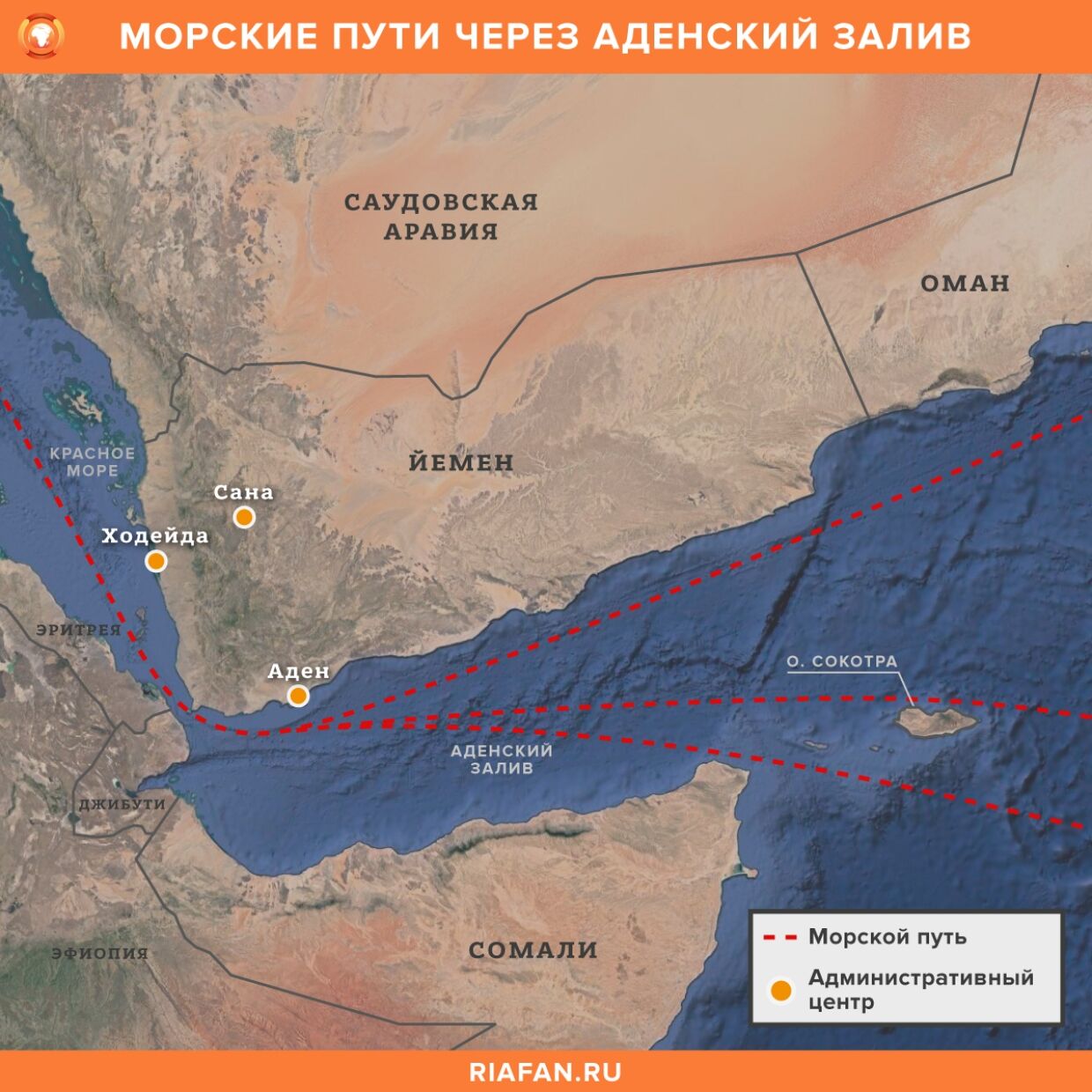
The Hadi administration was formally restored to the island., while the Emirati troops did not leave. Already in 2016 year, the media began to appear publications about, that the UAE is preparing the capture of Socotra and the split of Yemen.
north, South and the Houthis
After the defeat of the Saudi coalition in the battle for Hodeidah, separatist sentiments began to appear in the occupied territories of South Yemen. Groupings, formally subordinate to Hadi, began to express dissatisfaction with the futility of the war with the Houthis. The following thesis was put forward - since the northwestern regions of Yemen (controlled by the Houthis) impossible to capture, Isn't it better to return to the times of a divided Yemen, when did North and South Yemen exist. of course, there is no dispute along the lines of socialism / capitalism - the separatism of South Yemen is fueled primarily by nationalism and political Islamism.
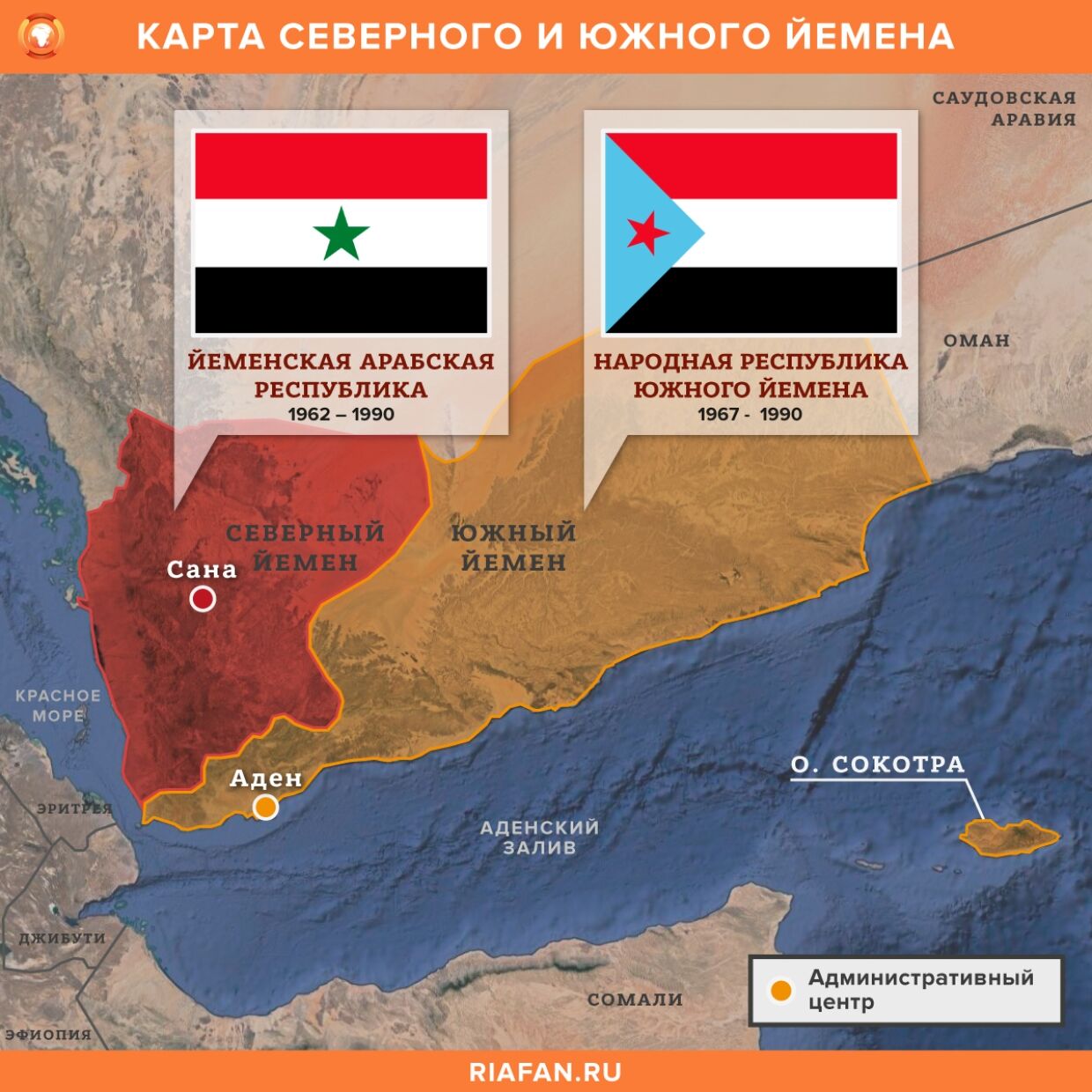
Such sentiments gradually gained support not only among the Hadists., but also among the civilian population. In Aden and adjacent provinces, as early as 2017-2018 years, rallies began to gather in support of the secession of South Yemen.
At first, they were suppressed by Hadists with the support of Saudi Arabia and the UAE. While Saudi Arabia persisted in trying to make military progress and incurring ever greater costs, The Emirates began to change their strategy. Instead of, to fight the southern separatists, Abu Dhabi began to support them behind the scenes, cultivating opposition to the Hadi regime, which separatists in southern Yemen accuse of corruption, incompetence and inability to defeat the Houthis, pointing to regular military setbacks. This movement has two major sources of support..
AT 2017 year, six months before the start of the decisive battle for Hodeidah, Saudi Arabia tried to stage a military coup in Sana'a, relying on the former president of the country Ali Abdullah Saleh. In exchange for integration into the structures of Hadi, he was ready to leave the Houthis and negotiate with Saudi Arabia.
Coup failed, and Saleh himself was killed by the Houthis. His son Tarek Saleh along with parts of the old Republican Guard of Yemen, who supported Saleh and fought on the side of the Houthis, went over to the side of the Saudi coalition under the slogan "A grieving son will avenge his father". This greatly facilitated the spring offensive. 2018 years on Hodeida, as Tarek Saleh's defection weakened the Houthi front off the Red Sea coast south of Hodeidah, creating the preconditions for the start of the operation "Golden Victory". Later on, Tarek Saleh's forces increasingly drew closer to the disloyal Hadi forces in Aden and the coastal provinces..
Brothers in faith
The second significant factor was the normalization of relations with the Islamic party "Al-Islah", an old party with a rich history, which is ideologically close to the Muslim Brotherhood.

At the beginning of the intervention, she was considered by the Emirates as a hostile force.. AT 2016-2017 years, to combat its influence, the Emirates attracted American mercenaries from the PMC Spear Operation Group, who were supposed to liquidate the functionaries and activists of this party, to suppress its influence in the provinces.

However, after the change of course, the Emirates began to negotiate with representatives of Al-Islah.. After 2018 the year she began to come into closer contact with the forces of Tarek Saleh and the southern separatists. Al-Islah fighters fought alongside southern separatist forces in May battles east of Aden. So, from rather heterogeneous forces, an instrument was forged for the implementation of the separate goals of the UAE - the "Southern Transitional Council" (Southern Transitional Council или STC).
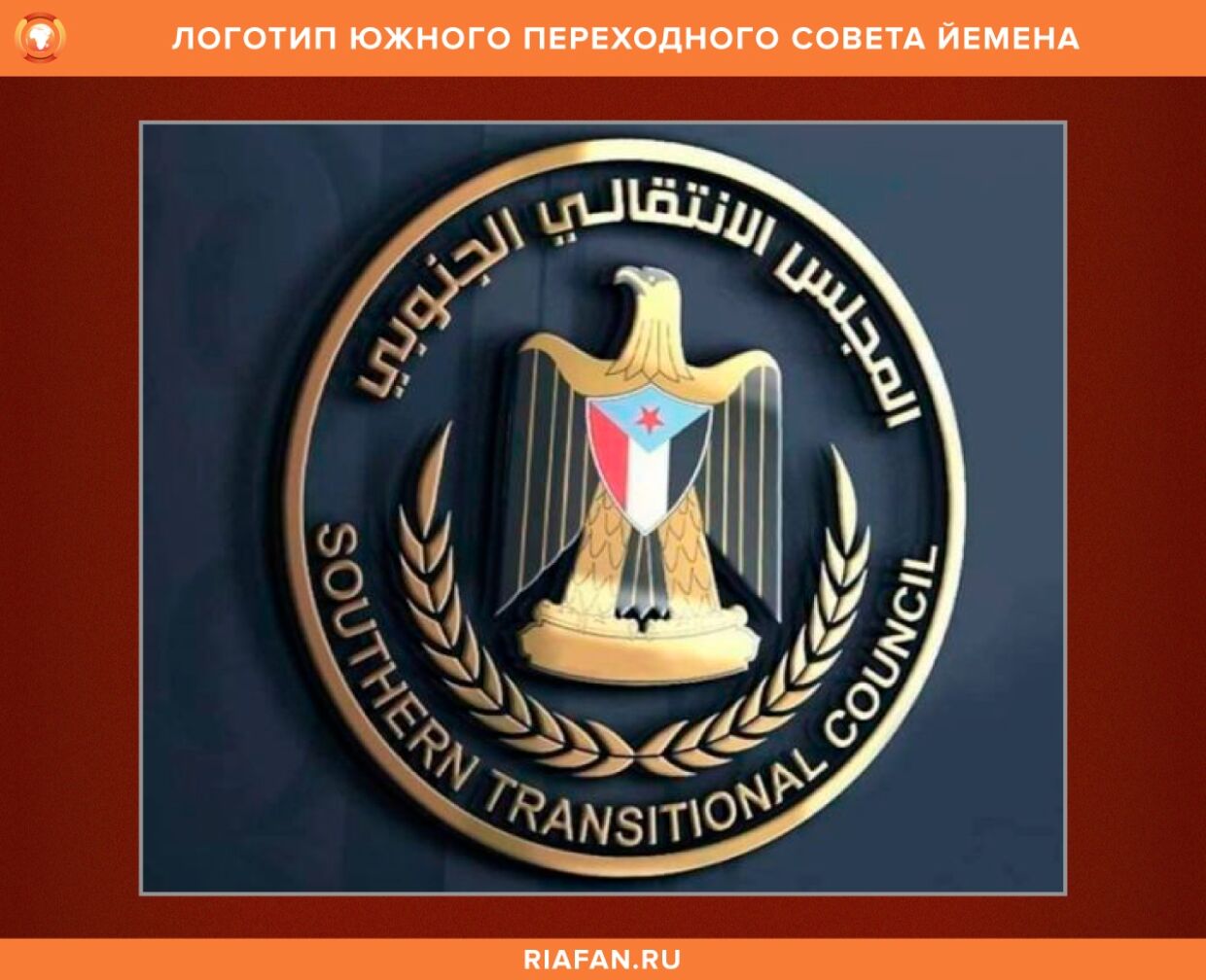
K because the moment, when it became apparent, that the military goals of Saudi Arabia cannot be achieved, The UAE began to actively work in two directions - to support the separate movement of South Yemen in order to split the country and prepare for the annexation of the island of Socotra. It is difficult to capture Socotra just like that - it will look like an act of aggression, what not only the Houthis will oppose, but also hadists. The split of Yemen into North and South not only formally liquidates the state, who owned Socotra, but it will also allow creating a South Yemen dependent on the Emirates, whose leaders will not have the strength and opportunity to protest, if the collapse of Yemen Socotra leaves the UAE.
So after 2018 years, events began to develop according to these scenarios. One side, The Emirates undermined the loyalty of the Hadists in Socotra (that at the beginning of May 2020 of the year led to a mutiny by the 1st Marine Brigade and attempts to capture the administrative center of the island) and at the same time conducted propaganda in favor of Socotra joining the UAE: highlighted, that this will enable the island to develop as part of a more prosperous state, which is ready to provide a social package, develop island infrastructure and tourism.
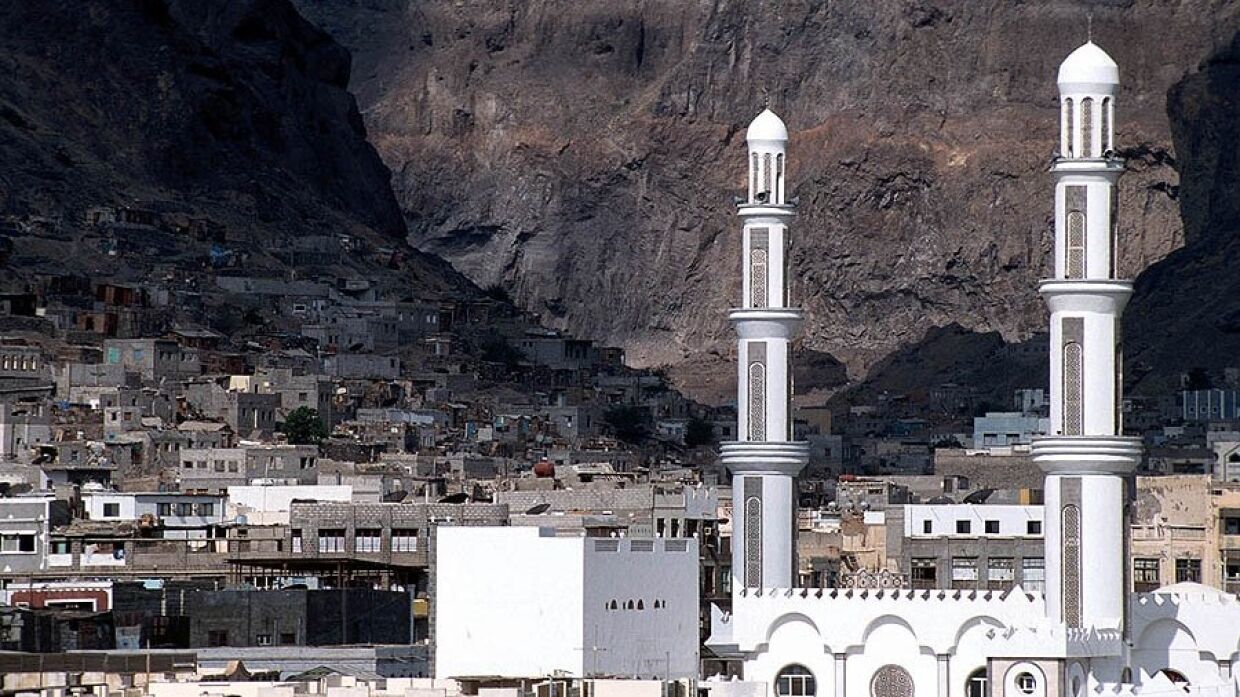
Naturally, Emirates was interested not only in the expansion of its territory, but also the extraction of resources on the shelf, the opportunity to deploy your military base on Socotra and achieve a dominant position in the Gulf of Aden.
Socotra's "pull"
Supporters of Hadi realized, in what direction events are developing and began to strengthen the garrison of the island, as well as fight Al-Islah activists, pushing them out of Socotra. Besides, some deliveries of humanitarian aid and goods from the UAE were banned, which began to be considered as tools of "soft power", who are involved in the preparation of the annexation. Besides, Hadists complained to UNESCO about the southern separatists for "damaging the culture and ecology of the island".
At the same time, separatists intensified in the Aden region., which have not been dispersed, as it was before the battle for Hodeidah. Already in 2019 clashes broke out between Hadists and southern separatists, moreover, the latter twice managed to take control of a significant part of Aden and a significant part of South Yemen.
Riyadh tried to stop the problem of the UAE's separate policy. Conferences were held twice, where Saudi Arabia made concessions to the Emirates. They consisted in, that UAE-dependent figures from South Yemen were included in the Hadi government. Riyadh hoped to moderate the UAE's appetites with the help of separate concessions. For a while this strategy worked., however, a series of military defeats in the second half 2019 and first quarter 2020 of the year (of which the defeat of three Saudi brigades in Najran was especially painful, loss of hazm, defeat of several brigades of hadists in Marib, catastrophic defeat in al-Jawf province) showed the weakness of Saudi Arabia, and the Emirates took advantage of this again.
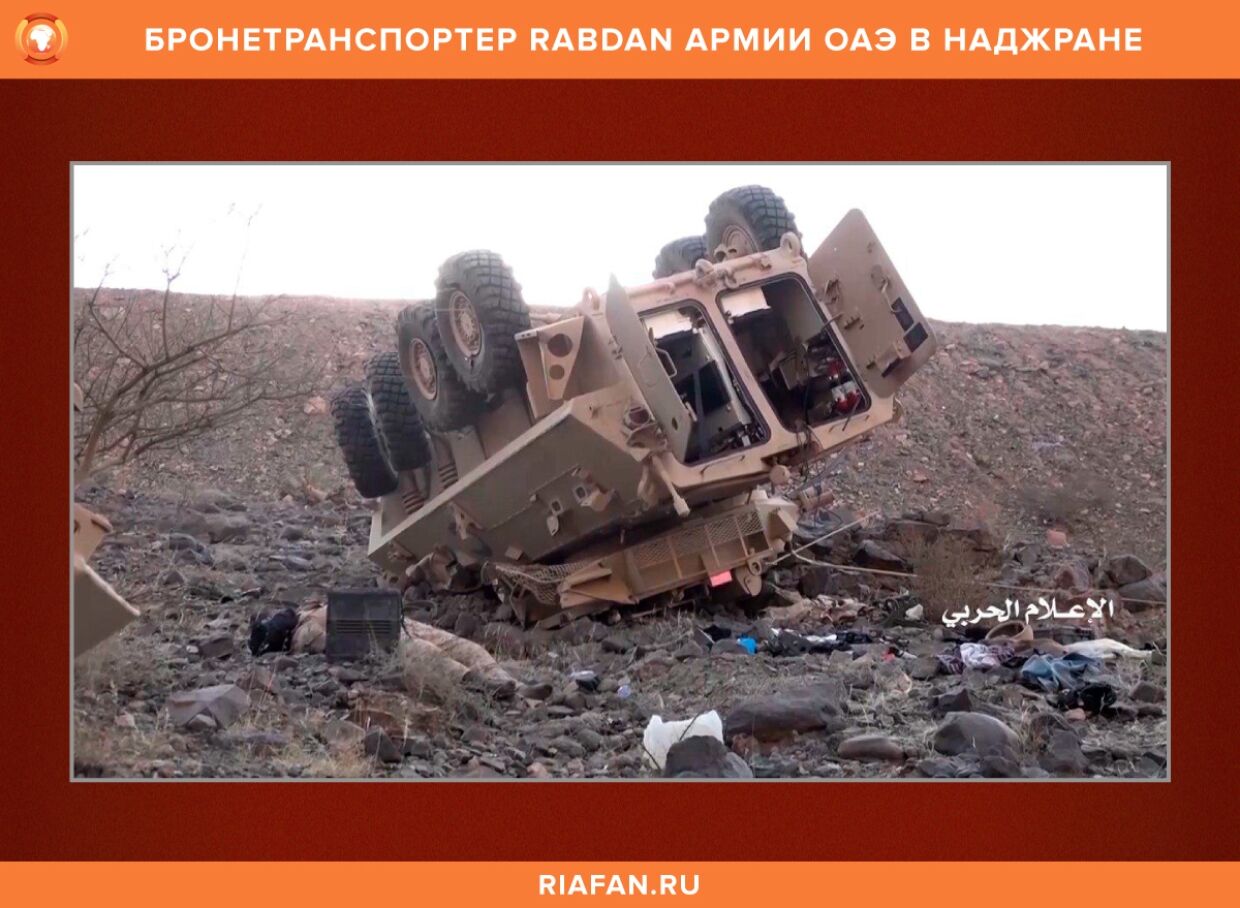
Under the slogans of "fighting corruption and the incompetence of the Hadi regime", detachments dependent on the UAE rebelled again and refused to obey the military command of the Hadists. Riyadh's attempts to once again negotiate with Abu Dhabi failed, and fighting began in the coastal provinces east of Aden (moreover, they began right during the offensive of the Houthis in the provinces of Marib and Al-Jawf). The separatists are already using the flags of South Yemen with might and main and are striving to present themselves as the basis of the armed forces of a state that does not yet exist.. To suppress them, the military command of Hadi was forced to withdraw troops from the fronts near Taiz and Marib, however, it could not achieve decisive success - in May 2020 armed clashes continue.
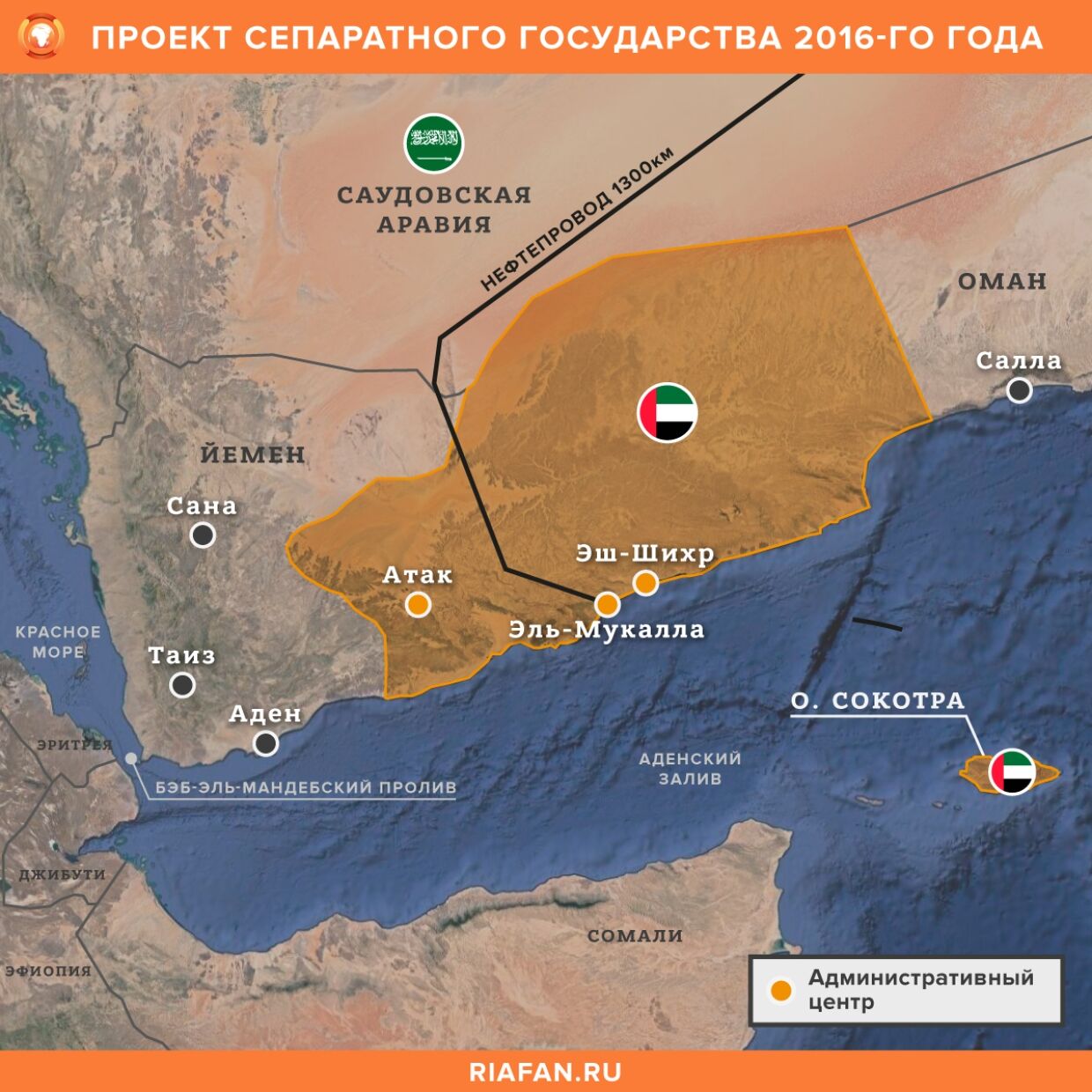
On Socotra military, loyal to Hadi, orders were given to resist the rebels, which led to clashes during the mutiny of the marines. The Saudis were forced to send several planes to Socotra - they flew over the positions of the rebels and carried out airstrikes, if they do not retreat to their barracks. At the current stage, a precarious balance has developed on Socotra - the Hadists formally rule the islands, but the forces act quite openly on it, opposed to the "legitimate government of Yemen", supported by the Emirates, who are formally allies of Hadi.
Split tools
Eventually, coming to Yemen 2015 year as a member of the coalition, seeking to return power to Mansour Hadi, to 2020 year, the Emirates is actually engaged in attempts to destroy Yemen from the inside, in order to get a dependent puppet state with a capital in Aden and annex Socotra. Hadi and Saudi Arabia behind him are now just as much of a hindrance to these plans., like the Hussites, who have declared, that they do not recognize the secession of South Yemen and will fight to preserve the territorial integrity of the country. The Houthis also sharply condemned the taking away of Socotra from Yemen.
Now the leadership of the Emirates is facing a dilemma: continue to implement your strategy at a medium-intensive level, counting, that the weakening of Saudi Arabia and the Hadi government in the conflict with the Houthis, will lead to the achievement of desired goals in a convenient situation, Or raise the stakes, force events to capture Aden and Socotra with the declaration of independence of South Yemen, which will lead not only to the continuation of the war with the Houthis and Iran behind them, but also to the escalation of the conflict with Hadi and Saudi Arabia.
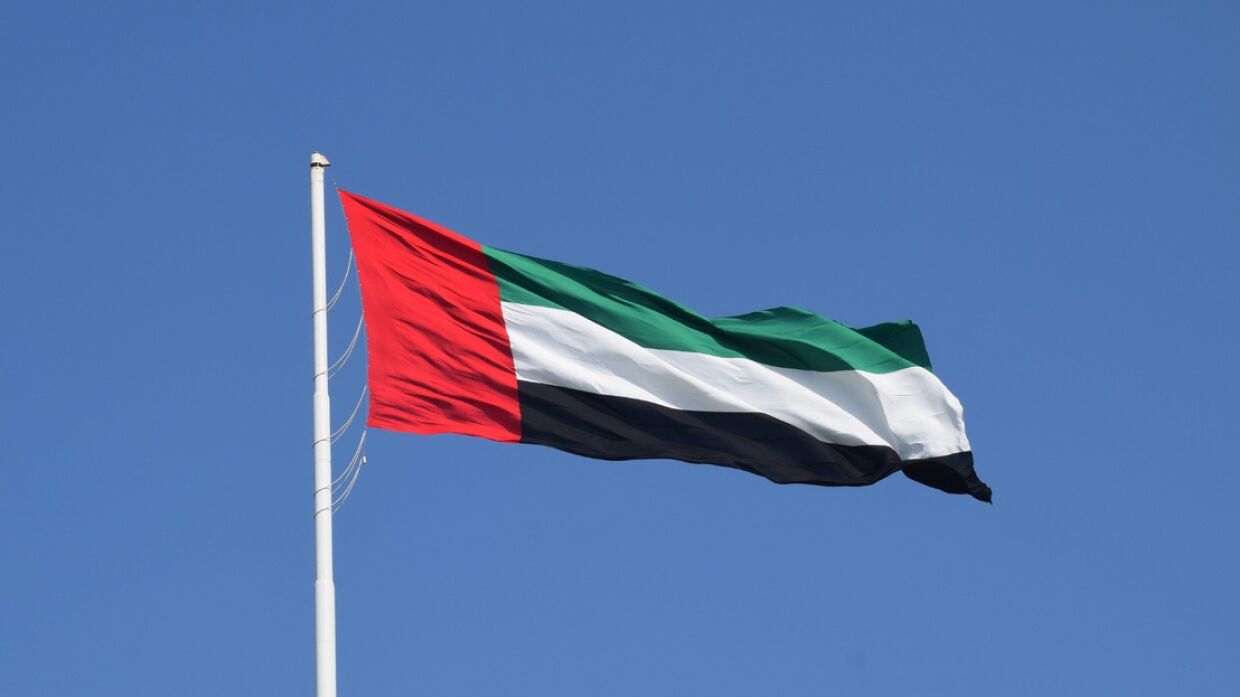
It can be assumed, that in the current realities, Abu Dhabi would prefer to act more cautiously. At first, "on the hands" of the UAE war in Libya, where they support Field Marshal Khalifa Haftar's Libyan National Army, and secondly, military defeats of Saudi Arabia and the difficult economic situation after the oil war with Russia and the United States, could pave the way for direct negotiations with Iran and ending the Saudi involvement in the Yemeni war.
Not a secret, that even before the assassination of Qasem Soleimani, Riyadh, through the Prime Minister of Iraq, was trying to probe the ground with a view to normalizing relations with Tehran. Now, according to Qatari media, Riyadh casts again, already through the new Prime Minister of Iraq Mustafa al-Kadimi, which, from the point of view of Saudi Arabia, is a convenient channel for contacts with the main opponent in the region.
If Iran and Saudi Arabia really de-escalate, the formation of a coalition government with the participation of the Houthis and Hadists cannot be ruled out. Then the Emirates with plans to annex Socotra and create South Yemen will remain in splendid isolation, and South Yemen will be at war with the Houthis in northern Yemen, and with the pro-Saudi Hadi regime. If they can agree, then they will be able to send forces against the allies of the UAE. Now, despite the long and focused efforts of the Emirates to split Yemen, the outcome is by no means certain.
Author: Boris Rozin











